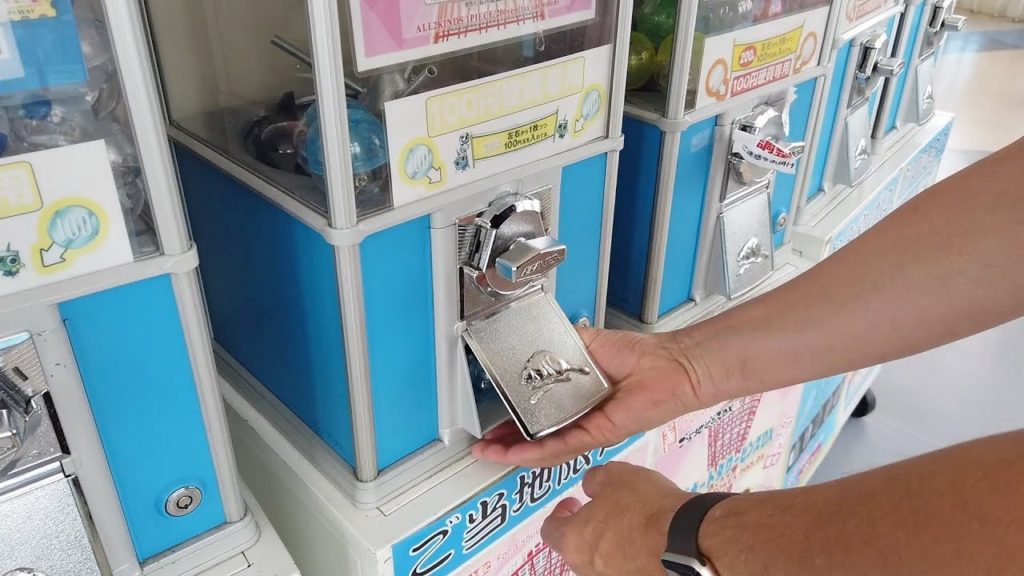The Kobe Port Tower (神戸ポートタワー Kōbe Pōto Tawā) is one of the landmarks in the port city of Kobe, Japan. The sightseeing tower was completed in 1963 and paused operation from late 2009 until April 28, 2010 for renovation. It locates in the Central District, Kobe, Hyogo Prefecture, Japan.
Kobe (神戸市 Kōbe-shi, Japanese: [koːꜜbe]) is the sixth-largest city in Japan and the capital city of Hyōgo Prefecture. It is located on the southern side of the main island of Honshū, on the north shore of Osaka Bay and about 30 km (19 mi) west of Osaka. With a population around 1.5 million, the city is part of the Keihanshin metropolitan area along with Osaka and Kyoto.
The earliest written records regarding the region come from the Nihon Shoki, which describes the founding of the Ikuta Shrine by Empress Jingū in AD 201. For most of its history, the area was never a single political entity, even during the Tokugawa period, when the port was controlled directly by the Tokugawa shogunate. Kobe did not exist in its current form until its founding in 1889. Its name comes from kanbe (神戸, an archaic title for supporters of the city’s Ikuta Shrine). Kobe became one of Japan’s designated cities in 1956.
Kobe was one of the cities to open for trade with the West following the 1853 end of the policy of seclusion and has since been known as a cosmopolitan and nuclear-free zone port city. While the 1995 Great Hanshin earthquake diminished much of Kobe’s prominence as a port city, it remains Japan’s fourth-busiest container port. Companies headquartered in Kobe include ASICS, Kawasaki Heavy Industries, and Kobe Steel, as well as over 100 international corporations with Asian or Japanese headquarters in the city, such as Eli Lilly and Company, Procter & Gamble, Boehringer Ingelheim, and Nestlé. The city is the point of origin and namesake of Kobe beef, as well as the site of one of Japan’s most famous hot spring resorts, Arima Onsen.
The terms gashapon (ガシャポン) and gachapon (ガチャポン) refer to a variety of vending machine-dispensed capsule toys popular in Japan and elsewhere. “Gashapon” is onomatopoeic from the two sounds “gasha” (or “gacha”) for the hand-cranking action of a toy-vending machine, and “pon” for the toy capsule landing in the collection tray. “Gashapon” is used for both the machines themselves and the toys obtained from them. Popular gashapon manufacturers include Tomy, which uses the shortened term gacha (ガチャ gacha) for their capsule machines, and Kaiyodo. In the United States, “Gashapon” is a registered trademark of the Bandai Company,[1] and gashapon are generally referred to as blind box sets. The gashapon model has been adapted digitally into numerous gacha video games such as mobile phone games and massively multiplayer online games (MMOs).


AloJapan.com